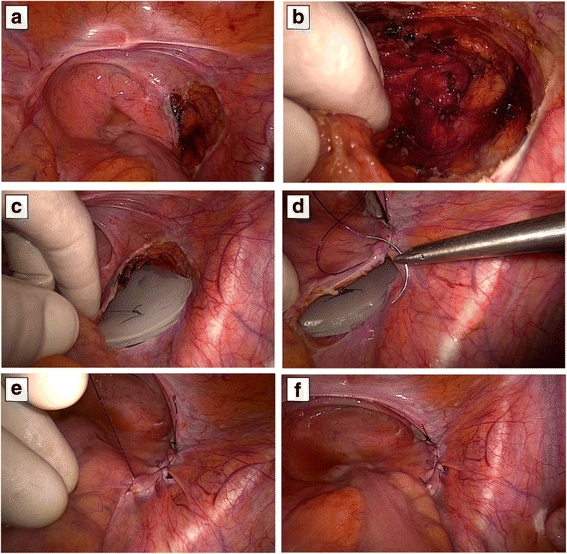Surgical spacer placement prior carbon ion radiotherapy (CIRT): an effective feasible strategy to improve the treatment for sacral chordoma
- PMID: 27507254
- PMCID: PMC4977725
- DOI: 10.1186/s12957-016-0966-6
Surgical spacer placement prior carbon ion radiotherapy (CIRT): an effective feasible strategy to improve the treatment for sacral chordoma
Erratum in
-
Erratum to: Surgical spacer placement prior carbon ion radiotherapy (CIRT): an effective feasible strategy to improve the treatment for sacral chordoma.World J Surg Oncol. 2016 Oct 12;14(1):262. doi: 10.1186/s12957-016-1020-4. World J Surg Oncol. 2016. PMID: 27733205 Free PMC article. No abstract available.
Abstract
Background: Sacral chordoma (SC) is a neoplasm arising from residual notochordal cells degeneration. SC is difficult to manage mainly because of anatomic location and tendency to extensive spread. Carbon ion radiotherapy (CIRT) is highly precise to selectively deliver high biological effective dose to the tumor target sparing the anatomical structure on its path even if when SC is contiguous to the intestine, and a surgical spacer might be an advantageous tool to create a distance around the target volume allowing radical curative dose delivery with a safe dose gradient to the surrounding organs. This paper describes a double approach-open and hand-assisted laparoscopic-for a silicon spacer placement in patients affected by sacral chordoma undergoing carbon ion radiotherapy.
Methods: Six consecutive patients have been enrolled for surgical spacer placement-open (three) or hand-assisted (three)-prior carbon ion radiotherapy treatment in order to increase efficacy of carbon ion radiotherapy minimizing its side effects.
Results: Results showed that silicon spacer placement for SC treatment is feasible both via laparoscopic and laparotomic approach.
Conclusions: Its use might improve CIRT safety and thus efficacy for SC treatment.
Keywords: Carbon ion radiotherapy; Chordoma; Spacer placement.
Figures



References
Publication types
MeSH terms
Substances
LinkOut - more resources
Full Text Sources
Other Literature Sources

